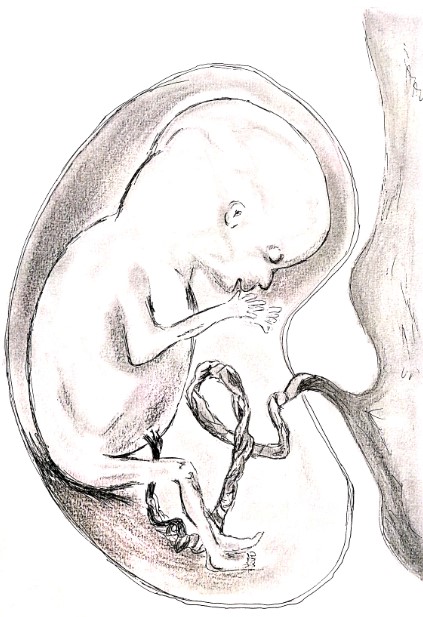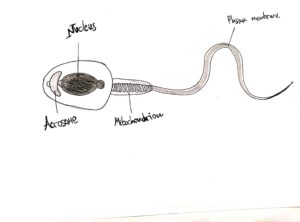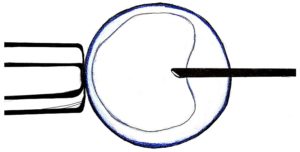The post-coital test (PCT) is an analysis sometimes performed following intercourse to determine if the sperm cells are able to successfully swim through the woman’s cervical mucus.
In order to have a PCT, the woman must first track her ovulation. Once ovulation has been confirmed, she had her partner must have intercourse. It is recommended that the couple abstains from intercourse for at least 3 days prior. Shortly following intercourse (within a few hours), they must go to the doctor’s office, where the doctor will extract cervical mucus using a small syringe.
The extracted mucus is placed on a slide and examined underneath the microscope in order to count the number of motile sperm cells.
This test was sometimes used to declare the woman’s cervical mucus as “sperm-friendly” or “sperm-hostile”, based on the number of moving sperm cells observed. However, it has been shown to be unreliable and inconsistent, with the result of the test showing no correlation to the chances of pregnancy. While it was in use, a standard methodology was never established and there were therefore many unknown variables involved.
In light of the current assisted reproductive technologies available today, such as IUI and IVF, most argue that a PCT is simply an unnecessary practice.



